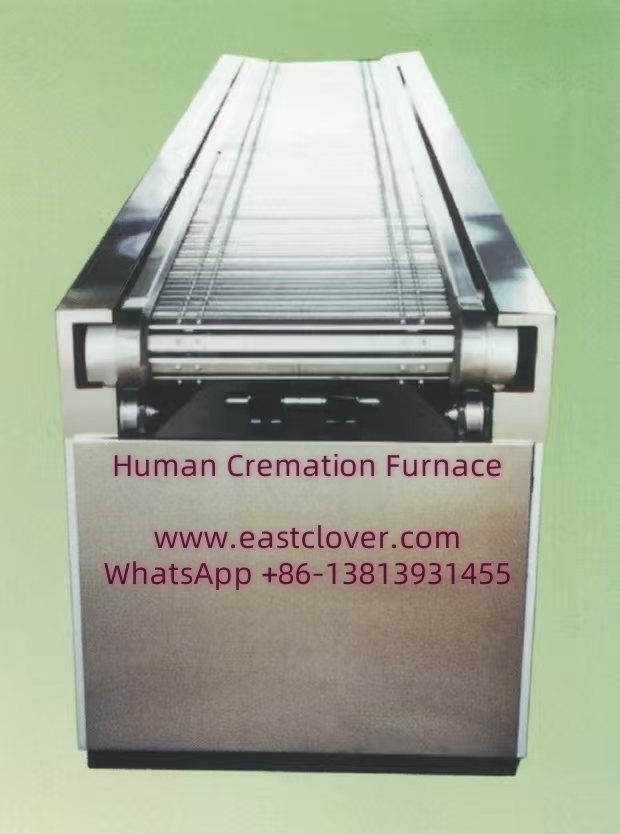Introduction
During global health crises, such as pandemics, the safe disposal of medical waste becomes a critical challenge. Contaminated personal protective equipment (PPE), syringes, and biological materials pose significant risks to public health and the environment. Traditional waste management systems often struggle to cope with sudden surges in waste volume, creating an urgent need for innovative solutions. Mobile incineration furnaces have emerged as a vital technology to address this challenge, offering rapid deployment, high efficiency, and compliance with environmental standards.
The Need for Emergency Medical Waste Management
Medical waste generated during pandemics includes infectious materials, sharps, and chemical residues, all of which require specialized disposal. Mismanagement can lead to:
- Spread of infections among healthcare workers and communities.
- Environmental contamination of soil and water sources.
- Overburdened landfills and incineration facilities.
The COVID-19 pandemic highlighted these vulnerabilities, with daily medical waste production in hotspots exceeding 200 tons. Mobile incineration furnaces provide a decentralized, scalable solution to manage such crises effectively.
Mobile Incineration Furnaces: Key Features and Advancements
Portability and Rapid Deployment
Modern units are designed for quick transportation via trucks, ships, or air. Modular components allow assembly within hours, making them ideal for temporary hospitals or remote areas.
High-Temperature Incineration
Advanced furnaces achieve combustion temperatures of 800–1,200°C, ensuring complete destruction of pathogens and hazardous chemicals. Dual-chamber designs minimize harmful emissions.
Innovations in Emission Control
- Scrubbers and Filters: Reduce particulate matter and neutralize acidic gases.
- Real-Time Monitoring: IoT sensors track emissions (e.g., CO, NOx) to ensure compliance with WHO and EPA standards.
Sustainable Energy Recovery
Some systems convert waste heat into electricity or steam, powering adjacent medical facilities and reducing operational costs.
Case Studies: Mobile Incineration in Action
COVID-19 Response in India
In 2021, portable incinerators were deployed in rural Maharashtra to manage PPE waste from makeshift clinics, processing over 50 tons monthly.
Ebola Outbreak in West Africa
Mobile units with automated loading systems reduced human exposure to contaminated waste, enhancing safety during the 2014–2016 crisis.
Challenges and Future Directions
Despite their benefits, mobile incinerators face hurdles such as high upfront costs and regulatory variability. Future innovations may focus on:
- AI-driven optimization of combustion efficiency.
- Integration of renewable energy sources (e.g., solar-assisted heating).
- Global standardization of safety protocols.
www.southclover.com
Emergency mobile incineration furnaces represent a critical innovation in pandemic preparedness, combining portability, environmental safety, and operational efficiency. As global health threats evolve, continued investment in this technology will be essential to safeguarding communities and ecosystems.
FAQs
How do mobile incinerators differ from traditional incineration plants?
Mobile units are compact, transportable, and require minimal infrastructure, whereas traditional plants are fixed facilities with larger capacities.
Are emissions from mobile incinerators environmentally safe?
Yes. Advanced filtration systems and temperature controls ensure emissions meet international air quality standards.
Can these furnaces handle all types of medical waste?
Most units are designed for infectious waste, sharps, and organic materials. Chemical or radioactive waste may require specialized处置.
How quickly can a mobile incinerator be operational?
Deployment typically takes 6–24 hours, depending on the model and site preparation.
What is the average cost of a mobile incineration system?
Costs range from $150,000 to $500,000, varying with capacity, technology, and compliance features.

Comments are closed